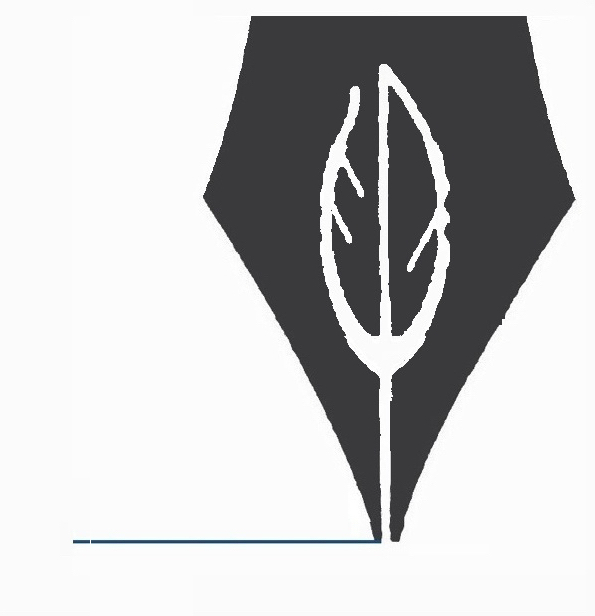Sequassen
Born into a powerful Wangunk family, Sequassen (Souwonckquasin/Wussooankquassin) was the eldest son of Sowheag and the grandson of Atlarbaenhoot. He served as his father's diplomat to the Dutch and English. At the time of the arrival of the English into Connecticut, Sequassen ruled as the sachem of the River Indians whose principal village was at Suckiaug ("black earth"), present-day Hartford. The River Tribes of Tunxis and Massaco were under his political authority.
In 1633 Sequassen and Nattawanut, the sachem of Matianuck, sold land to Windsor to the Plymouth Company. Three years later, Sequassen sold all the Suckiag land from Hartford to Mohawk Country to colonists Samuel Stone and William Goodwin. Because the deed was not recorded, the details of the sale remained a problem for generations between settlers and the Indians.
During the Pequot War in 1637, he and his people removed to Plymouth Meadow in Matianuck (Windsor) under the protection of the English. Taking advantage of the hostilities to get revenge on the Pequots for their former attacks on his family, Sequassen and his men assisted the colonial militia, capturing twenty fugitive Pequot women and children who were trying to reach the Mohawks in upstate New York.
In post-war Connecticut Indian Country, he was a forceful opponent of Uncas and pushed back against the Mohegan sachem's expansionist agenda. In 1642 Connecticut authorities suspected Sowheag and Sequassen of a conspiracy with Miantonomo against English. But in the following years, Sequassen focused his attention on removing Uncas as one of his main rivals. In 1643, when one of his men killed a prominent Mohegan warrior, Sequassen refused to surrender the assailant to Uncas because the man was a favorite of Miantonomo. The Mohegans responded by invading Sequassen's village, killing a few of his warriors, wounding more, then burning his wigwams. After this defeat, Sequassen was exiled from the region and removed to live among his allies in Massachusetts at Woranoack and Pocumtuck.
In 1646, Sequassen conspired with a Potatuck man, Watchibrok, to kill magistrates and blame it on Uncas, but the plan fell through when the latter reported it to the Hartford authorities. At this time, Sequassen had removed to Pocumtuck territory near Deerfield, Massachusetts. He was captured by Uncas and sent to prison in Hartford. After a trial that produced no evidence against him, Sequassen was found not guilty and released.
Two years later, Sequassen had sent gifts of wampum to the Mohawk to join a confederacy of anti-Uncas forces from Narragansett, Eastern Niantic, and River Indian villages. Close to one thousand Indians gathered at Pocumtuck in the summer of 1648 to consider an attack on the Mohegans. In the end, they decided not to challenge Uncas and his English allies at that time.
Still in exile for close to a decade, Sequassen successfully petitioned the Commissioners of the United Colony to be able to return to his homeland in the fall of 1650. When he returned, he resumed sachem responsibilities.
In a reversal of the long-running enmity between Uncas and Sequassen, they joined together when a Podunk killed a relative of Sequassen in 1656. After negotiations with the Podunk sachem Tontinimo stalled, Uncas used the unsuccessful result as a pretext to invade Podunk territory. After this, Sequassen disappears from the historical record until 1670, by when it appears that he has already died.
Sylvester, Indian Wars, 187, 453, 463-5. Oberg, Uncas, First of the Mohegans, 100-101, 125-128. Cothren, History of Ancient Woodbury, 37-38, 96, 108-9. Sources for this biography come from the Related Digital Heritage Items listed below.
Died:
Between 1657 and 1670